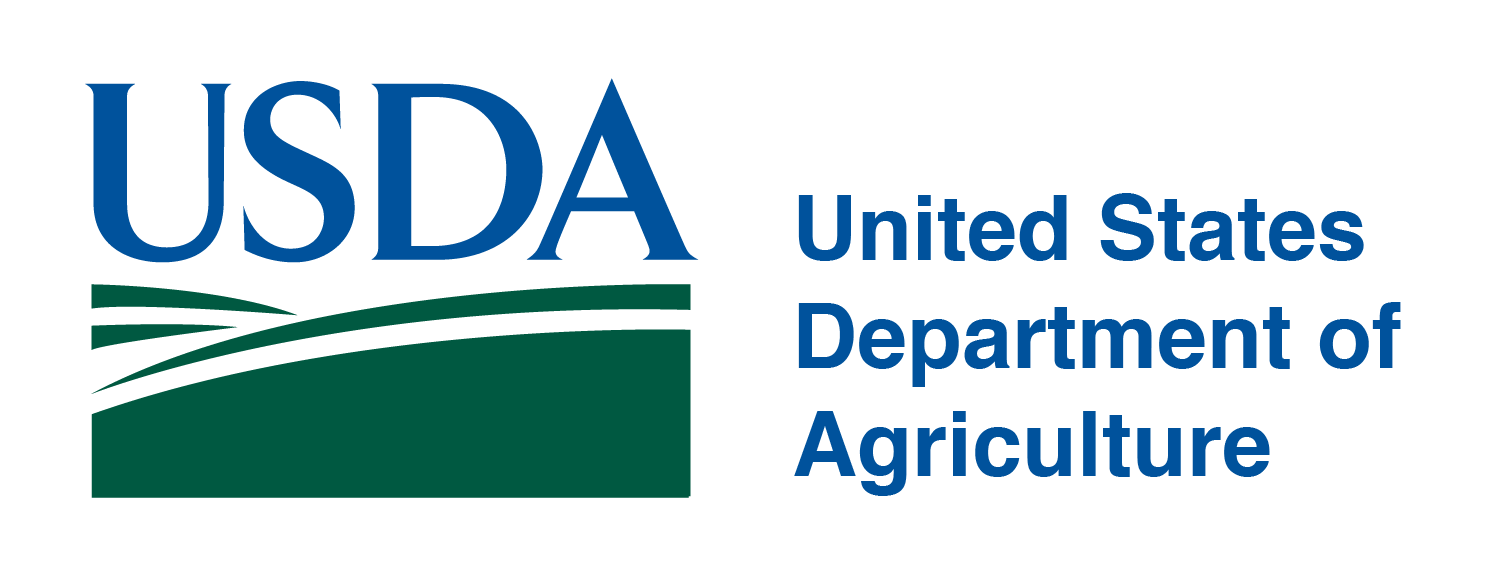- Senator Baldwin Introduces HSHS Act to Protect Communities from Hospital Closures
- What to Know about Smoke, Heat and Health
- Tribal Partnership With UW-Madison Combines Ag Research With Indigenous Food Knowledge
- The Rewards of Working as Rural Docs
- Request for Information (RFI): Evolving the Network of the National Library of Medicine
- Dental Therapists, Who Can Fill Cavities and Check Teeth, Get the OK in More States
- Colorectal Cancer Is Rising among Younger Adults. Some States Want to Boost Awareness.
- Rural Hospitals Built During Baby Boom Now Face Baby Bust
- Food Stamps Go Further in Rural Areas — Until You Add Transportation Costs
- CMS Announces Resources and Flexibilities to Assist with the Public Health Emergency in the State of Texas
- CMS Proposes New Payments for Digital Health Under CY2025 PFS Draft Rule
- Improving Public Health by Strengthening Community Infrastructure
- Biden Harris Administration Proposes Policies to Reduce Maternal Mortality, Advance Health Equity, and Support Underserved Communities
- Nearly Half of U.S. Counties Don't Have a Single Cardiologist
- Randolph County, Ill. Turns Unused Part of Nursing Home Into State-Of-The-Art Behavioral Health Center
Nicotine Dependence Strategies for Oral Health Professionals

As a reminder, PCOH is partnering with the Northwest PA Tobacco Control Program to offer “Nicotine Dependence Strategies for Oral Health Professionals.” While we prefer you complete the “Every Smoker, Every Time (ESET)” training prior to tomorrow’s live webinar, we understand that you might not have time. You can complete the training after tomorrow’s live webinar if this is an obstacle. Upon successful completion of both parts, Medicaid providers can complete a Tobacco Registry application and submit to DHS to be authorized to bill for tobacco counseling. If you are unable to attend tomorrow’s live webinar, the recording will be available on PCOH’s webinar portal in the coming weeks.
This two-part course is free of charge with 2.0 CEUs available.
Click here for more information on the process.
Click here to register for tomorrow’s live webinar at 12:30 p.m.
Crisis Grants for Fire & EMS in Pennsylvania
On May 29, 2020, Pennsylvania Governor Wolf signed SB1122 into law, now Act 26 of 2020.
The law provides for $44 million dollars in funding to Fire and $6 million in funding for EMS agencies. Please be aware that the AAP fought to have the language changed and the formula for distribution more fairly dispersed. Unfortunately, that would have required amending the entire grant program and the legislature wanted to get the funds out quickly. Amending the statute would have delayed or even denied any funds.
To view the bill, click here.
The grant application and additional information will be coming from the Pennsylvania Office of the Fire Commissioner and we will share as soon as it is published.
Pennsylvania Governor Signs Budget to Sustain Education, Support Communities Amid Pandemic
As Pennsylvania continues to address public health and safety amid the COVID-19 pandemic, Governor Tom Wolf signed a state budget that will provide 12 months of sustained public education funding at 2019-20 levels and makes important investments in communities and programs to help begin to restore the economy.
To help communities to recover, the budget provides $420 million to assist nursing homes with COVID-19-related costs, $50 million to help Pennsylvanians with food insecurity and $225 million for grants to small businesses through the Department of Community and Economic Development.
The budget also provides $625 million to counties through block grants to help address the disruption to their budgets from the pandemic. The funding will assist counties with the cost of purchasing personal protective equipment, help local governments, and provide grants to small businesses, among other options.
New Report: Community Impact and Benefit Activities of CAHs, Other Rural, and Urban Hospitals, 2018
The Flex Monitoring Team has released a new report on the community impact and benefit activities of Critical Access Hospitals (CAHs), rural non-CAHs, and urban hospitals. The report enables State Flex Programs and CAH administrators to compare the community impact and benefit profiles of CAHs nationally to the performance of CAHs in their state.
The report may be found in the link below. Pages 1-5 provide national data with key findings, and pages 6-95 provide state-specific tables. Shortcut links to each state’s tables are at the bottom of page 5.
The report may accessed here or on the Flex Monitoring Team website.
RWJ: Five Principles to Help Communities Recover from COVID-19

As the United States reports over 100,000 deaths from the COVID-19 pandemic, some people-especially people of color, families with low incomes, and other marginalized communities-are suffering disproportionately. They are also the communities whose health could be hardest hit if states rush to reopen without a robust, fair plan.
If your state and local leaders are weighing how best to reopen and recover from the COVID-19 pandemic, consider five principles that we believe should be embedded in those decisions.
Read: 5 Principles to Help Communities Recover from COVID-19 >
Covid-19 Crisis Puts Pressure on Farmers’ Mental Health

By Natalie Krebs
Studies have found the rates of mental illness and suicide are higher for farmers. They work long hours, have limited social contact and are at the mercy of factors such as weather. Now the COVID-19 pandemic is creating even greater challenges to their livelihood—and mental health.
Coronavirus Is Coming for Wildland Firefighters. They’re Not Ready.

By Zoya Teirstein
Keeping wildland firefighting crews safe this year will require a significant shift in the way the country fights wildfires. So far, the changes haven’t materialized.
Rural Counties with Covid-19 Cases from Meatpacking Have Infection Rates 5 Times Higher

By Leah Douglas and Tim Marema
A one-of-a-kind data set shows the statistical relationship between meatpacking and the spread of Covid-19 in rural America. Information compiled by the Food & Environment Reporting Network shows how meatpacking counties have some of the highest infection rates in the United States.
USDA Provides State Fact Sheets on Rural Economy and Population

The Economic Research Service at the U.S. Department of Agriculture (USDA) frequently provides information on population, income, poverty, and food security, among other economic indicators. Data are available for all States, and for metro/non-metro breakouts within states, and links to county-level data are provided where available. The State Fact Sheets were updated May 13, 2020. Statistics on population and employment have been updated with the latest available data (2019).
Two New Requests for Information from the Health Resources and Services Administration
The Health Resources and Services Administration (HRSA) are seeking public input and feedback to inform policy consideration related to the establishment of Maternity Care Health Professional Target Areas and scoring criteria for Helath Professional Shortage Areas. Both request for information (RFIs) are due September 18th, and responses should be emailed to RFIComments@HRSA.gov and reference either “Maternity Care Health Professional Target Area RFI” or “Health Professional Shortage Area Scoring Criteria RFI” in the subject line.
